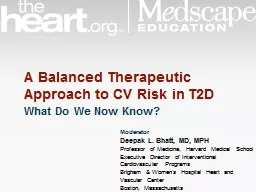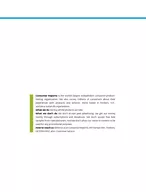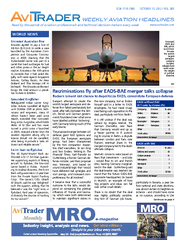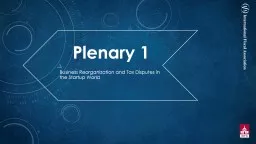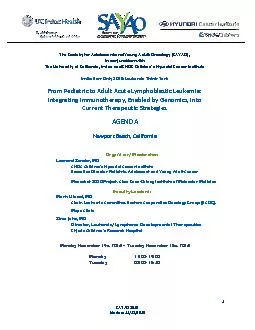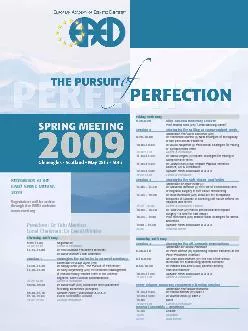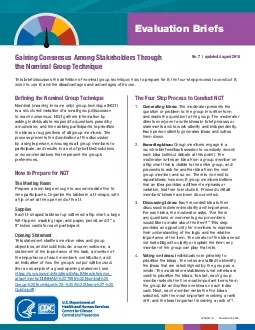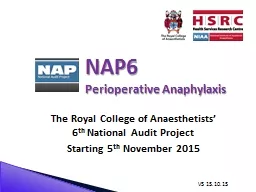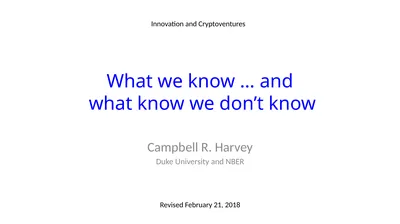PPT-What Do We Now Know? Moderator
Author : natalia-silvester | Published Date : 2018-12-27
Deepak L Bhatt MD MPH Professor of Medicine Harvard Medical School Executive Director of Interventional Cardiovascular Programs Brigham amp Womens Hospital Heart
Presentation Embed Code
Download Presentation
Download Presentation The PPT/PDF document "What Do We Now Know? Moderator" is the property of its rightful owner. Permission is granted to download and print the materials on this website for personal, non-commercial use only, and to display it on your personal computer provided you do not modify the materials and that you retain all copyright notices contained in the materials. By downloading content from our website, you accept the terms of this agreement.
What Do We Now Know? Moderator: Transcript
Download Rules Of Document
"What Do We Now Know? Moderator"The content belongs to its owner. You may download and print it for personal use, without modification, and keep all copyright notices. By downloading, you agree to these terms.
Related Documents

